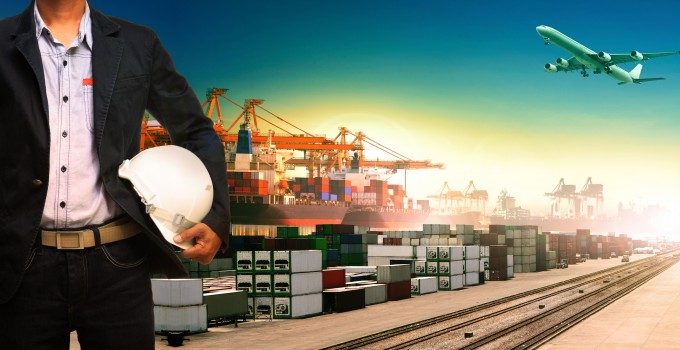DP World's UK carbon inset programme will help shippers deal with Scope 3
DP World has introduced a new carbon “insetting” programme to help UK shippers tackle their ...
WTC: RIDE THE WAVEFDX: TOP EXEC OUTPEP: TOP PERFORMER KO: STEADY YIELD AND KEY APPOINTMENTAAPL: SUPPLIER IPOCHRW: SLIGHTLY DOWNBEAT BUT UPSIDE REMAINSDHL: TOP PRIORITIESDHL: SPECULATIVE OCEAN TRADEDHL: CFO REMARKSPLD: BEATING ESTIMATESPLD: TRADING UPDATEBA: TRUMP TRADE
WTC: RIDE THE WAVEFDX: TOP EXEC OUTPEP: TOP PERFORMER KO: STEADY YIELD AND KEY APPOINTMENTAAPL: SUPPLIER IPOCHRW: SLIGHTLY DOWNBEAT BUT UPSIDE REMAINSDHL: TOP PRIORITIESDHL: SPECULATIVE OCEAN TRADEDHL: CFO REMARKSPLD: BEATING ESTIMATESPLD: TRADING UPDATEBA: TRUMP TRADE

With Europe’s new SOx ship emissions deadline of 1 January 2015 looming, the maritime industry appears to be possibly more unprepared than even the most cynical observers predicted. Part of the problem, this thoughtful piece argues, is that while the EC was strident in pushing through the legislation, it has been far less helpful to those companies – such as scrubber manufacturers or LNG suppliers – offering shipping companies solutions to the new laws. The net result is that compliance is likely to be pretty low.


Comment on this article